15:00, 23/07/2025
Hemp weaving has been passed down through generations of H’mong families on the Dong Van Stone Plateau, preserving a rich cultural heritage.
Hemp weaving showcases the ingenuity of H’mong women in the region. It is not only a traditional craft but also a cultural thread that connects their rituals with their ethnic identity. The journey from raw hemp plants to finely hemp fabric products reflects not only the dedication and skill of the local people but also the refined aesthetic sense of H’mong women on the Dong Van Karst Plateau.
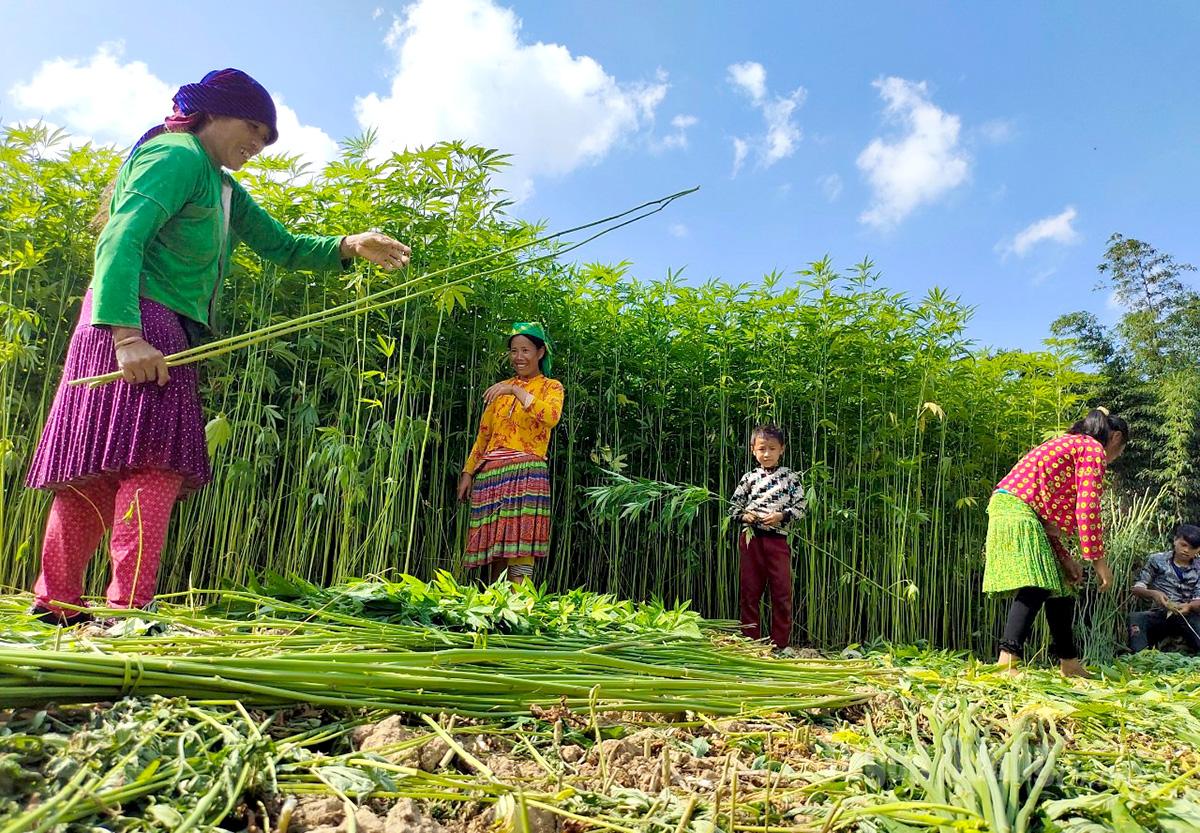 |
| Local people annually plant hemp trees in February and harvest them after 90 days. |
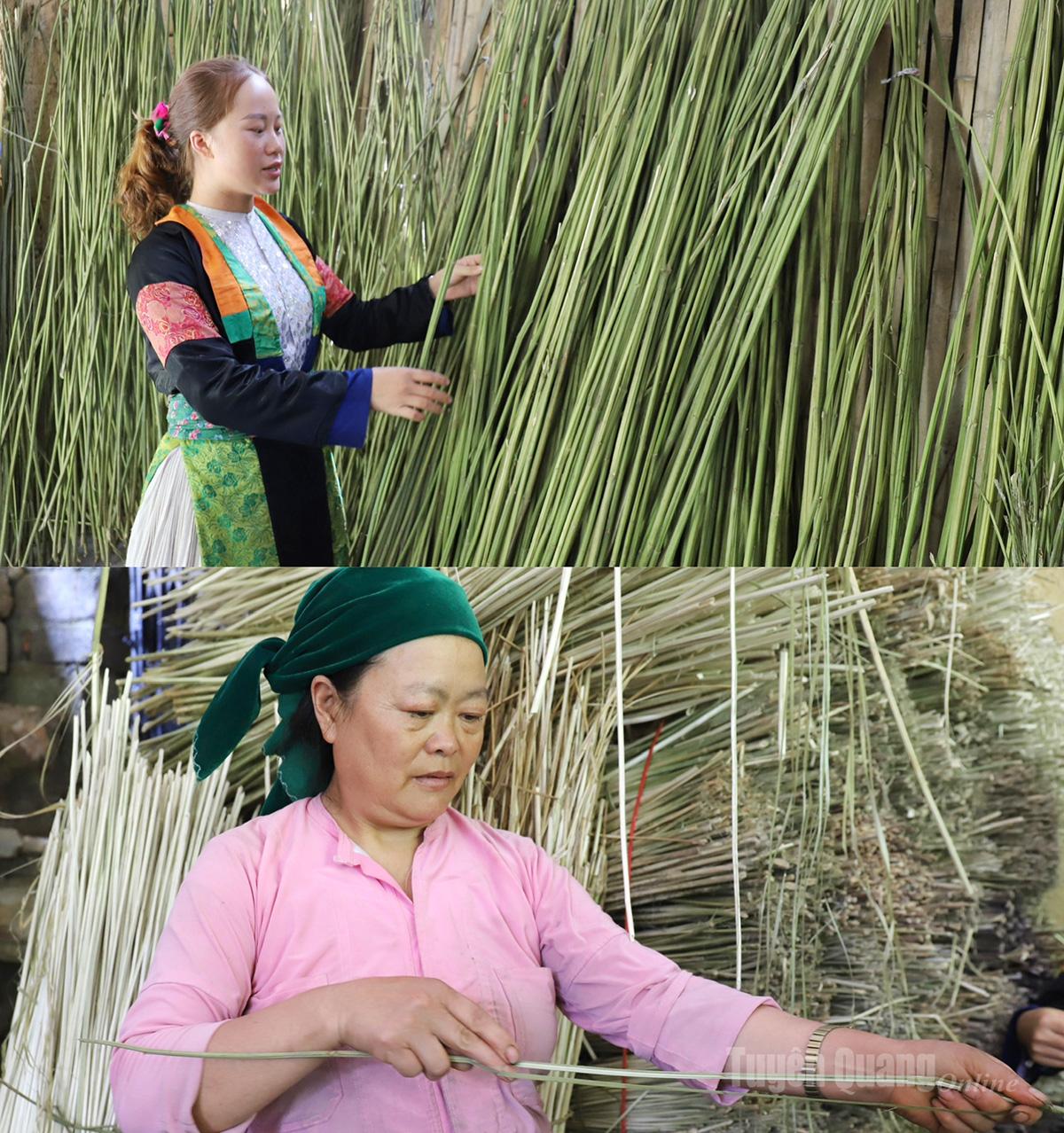 |
| After being harvested, hemp plants are sun-dried. They are then stripped to extract hemp fibers – the primary material used in traditional linen weaving. |
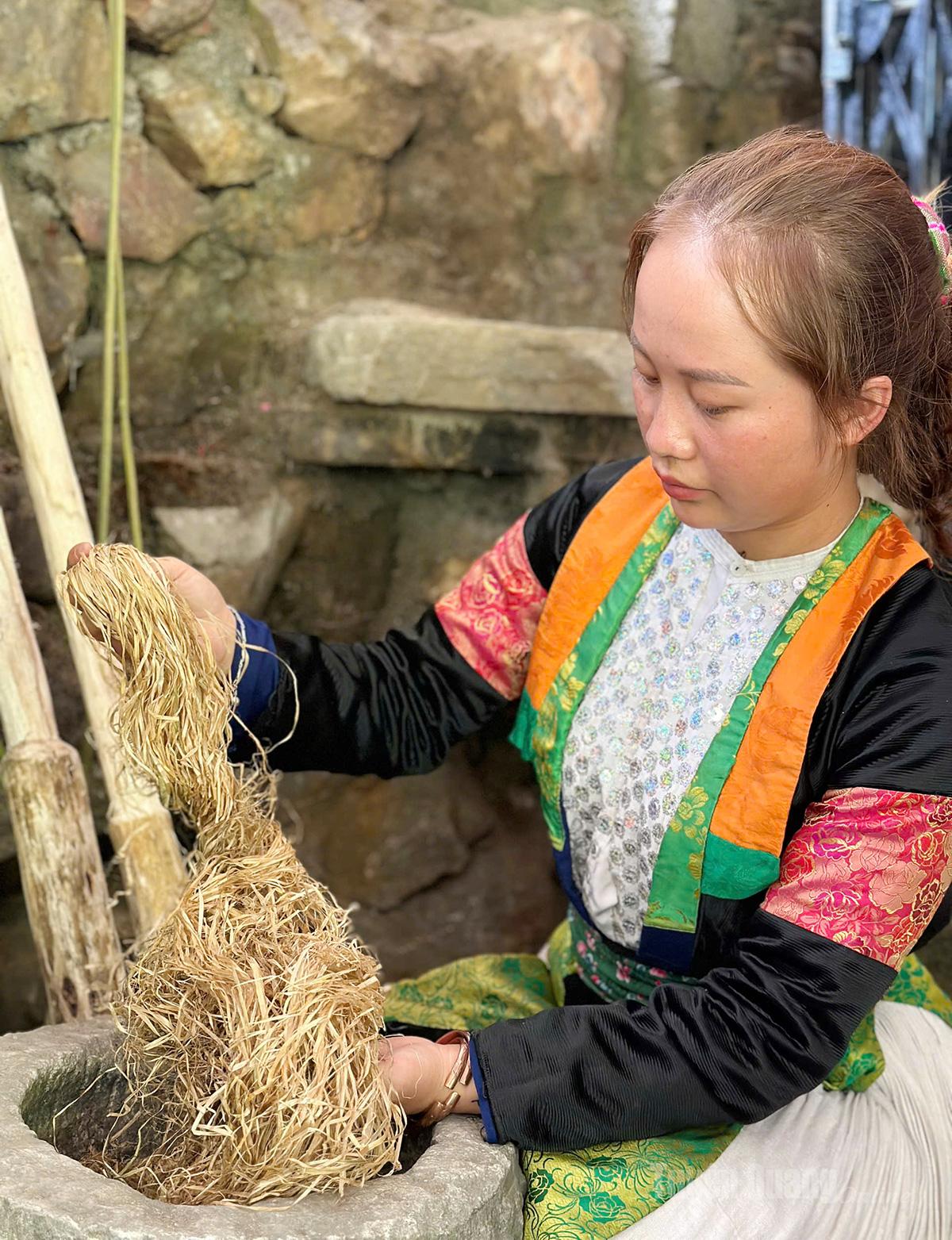 |
| The hemp fibers are gently pounded to soften them. |
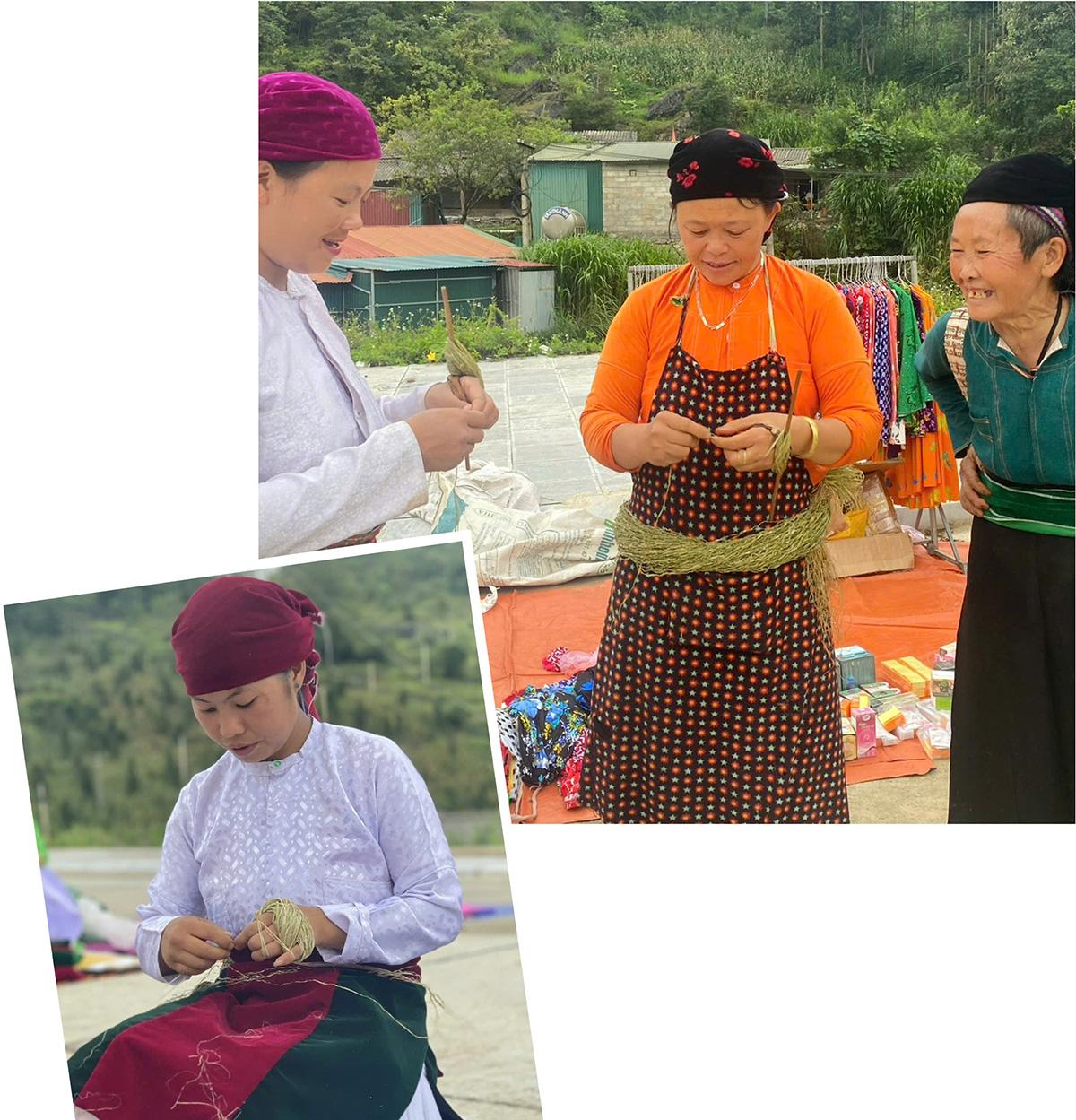 |
| The next step is joining the threads. This is a time-consuming process done entirely by hand. H’mong women make use of every spare moment to do this work. |
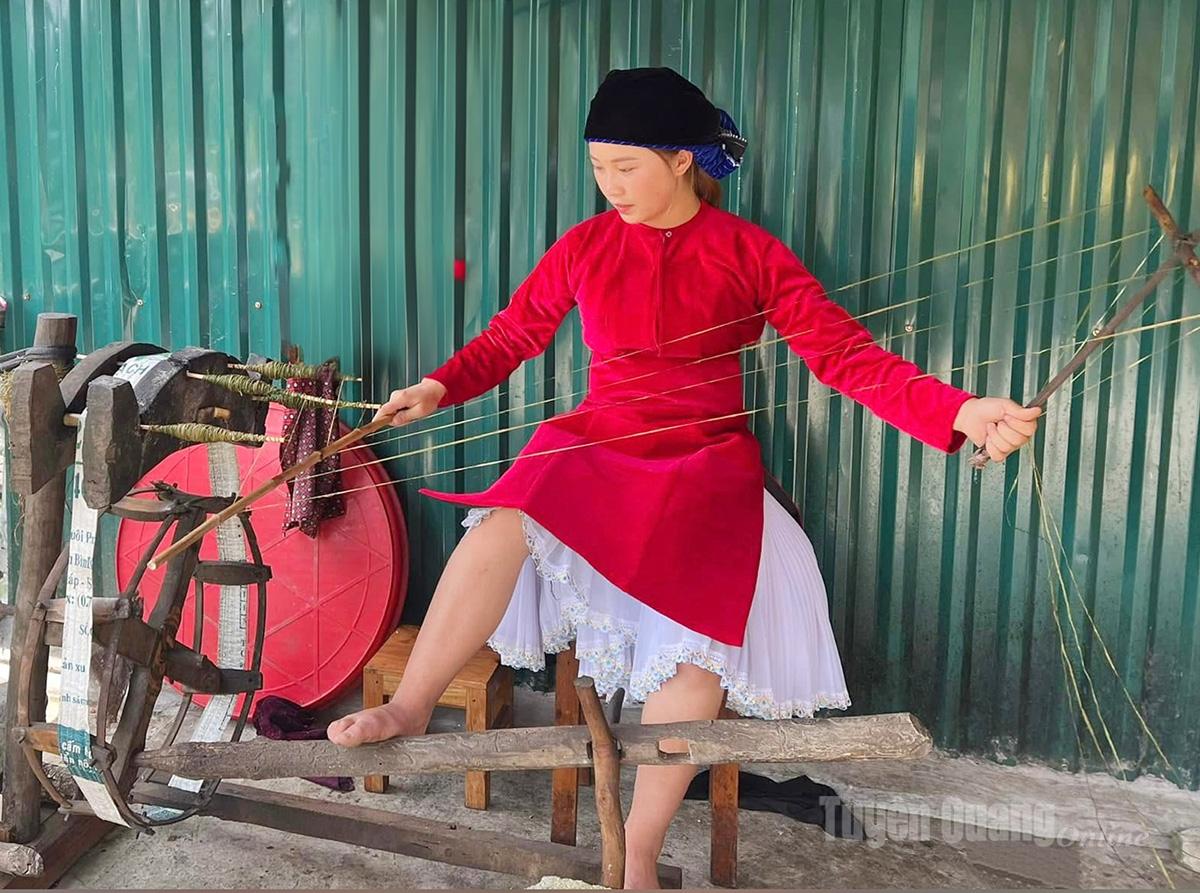 |
| Once the raw hemp threads are fully joined, they are spun into fine yarn – a process known as thread spinning. Each batch of thread, after being joined and spun, typically weighs between 2 to 3 kilograms. |
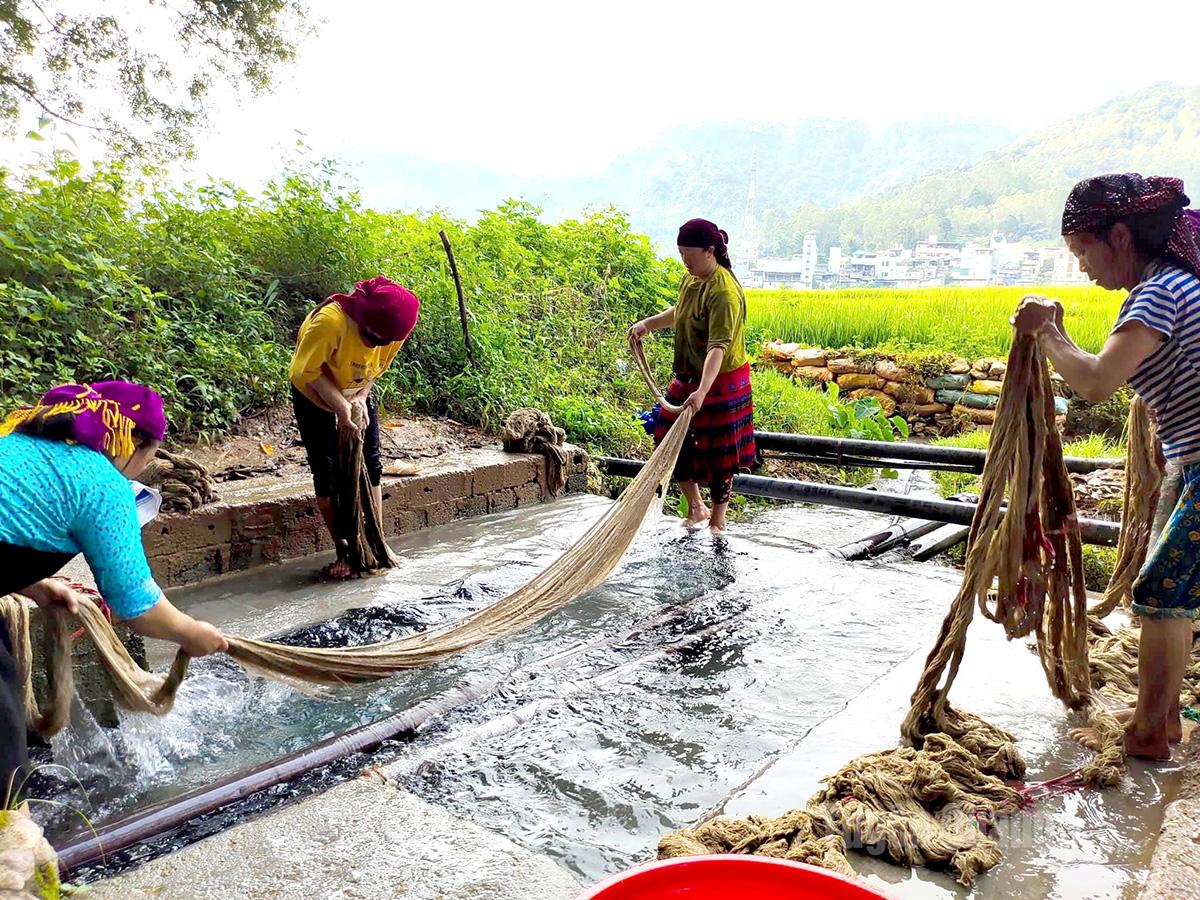 |
| To achieve a smooth, white finish, the hemp threads are repeatedly boiled with kitchen ash and then washed. This boiling and washing process is typically done three to four times until the desired level of whiteness is reached. |
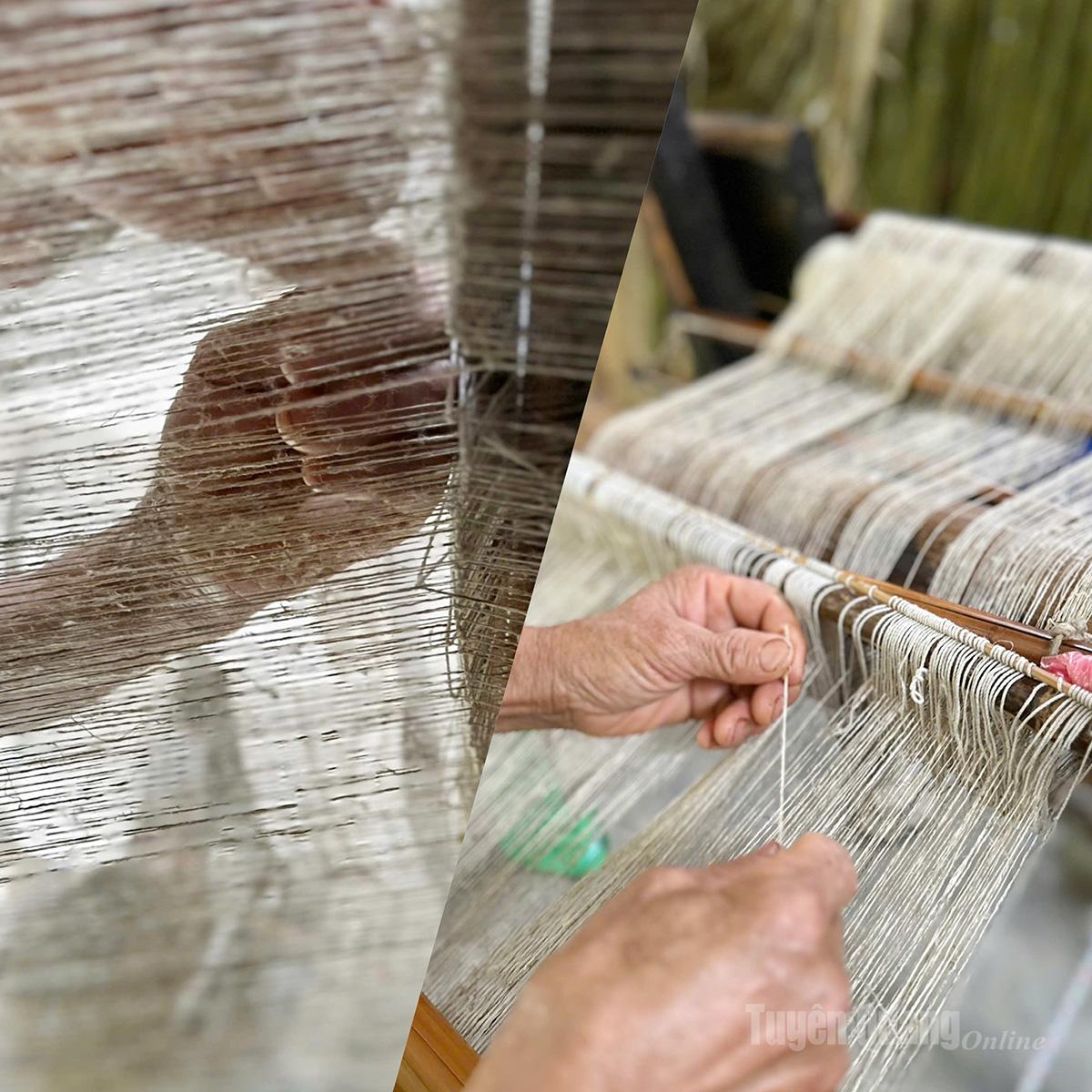 |
| Afterward, the refined threads are carefully divided onto a loom, ready for the weaving stage. |
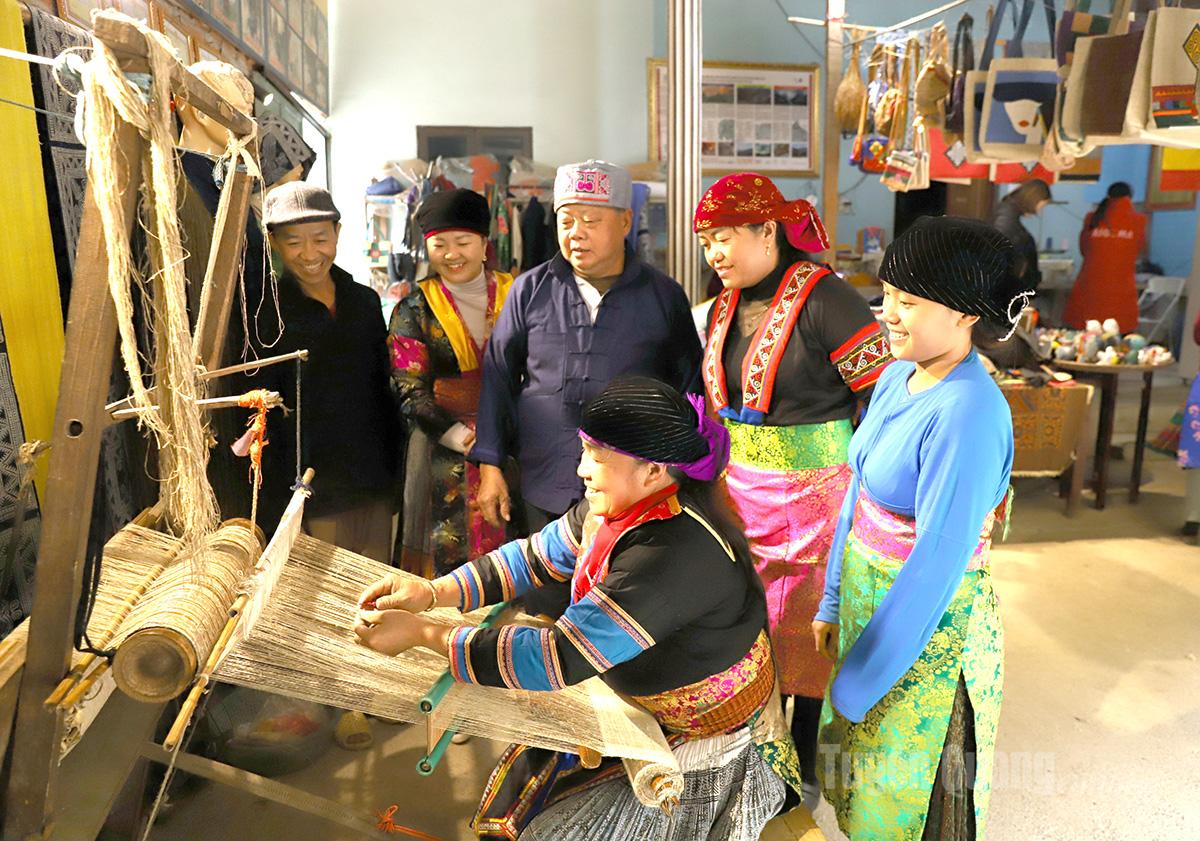 |
| Weaving is the most important step, requiring both skill and experience. |
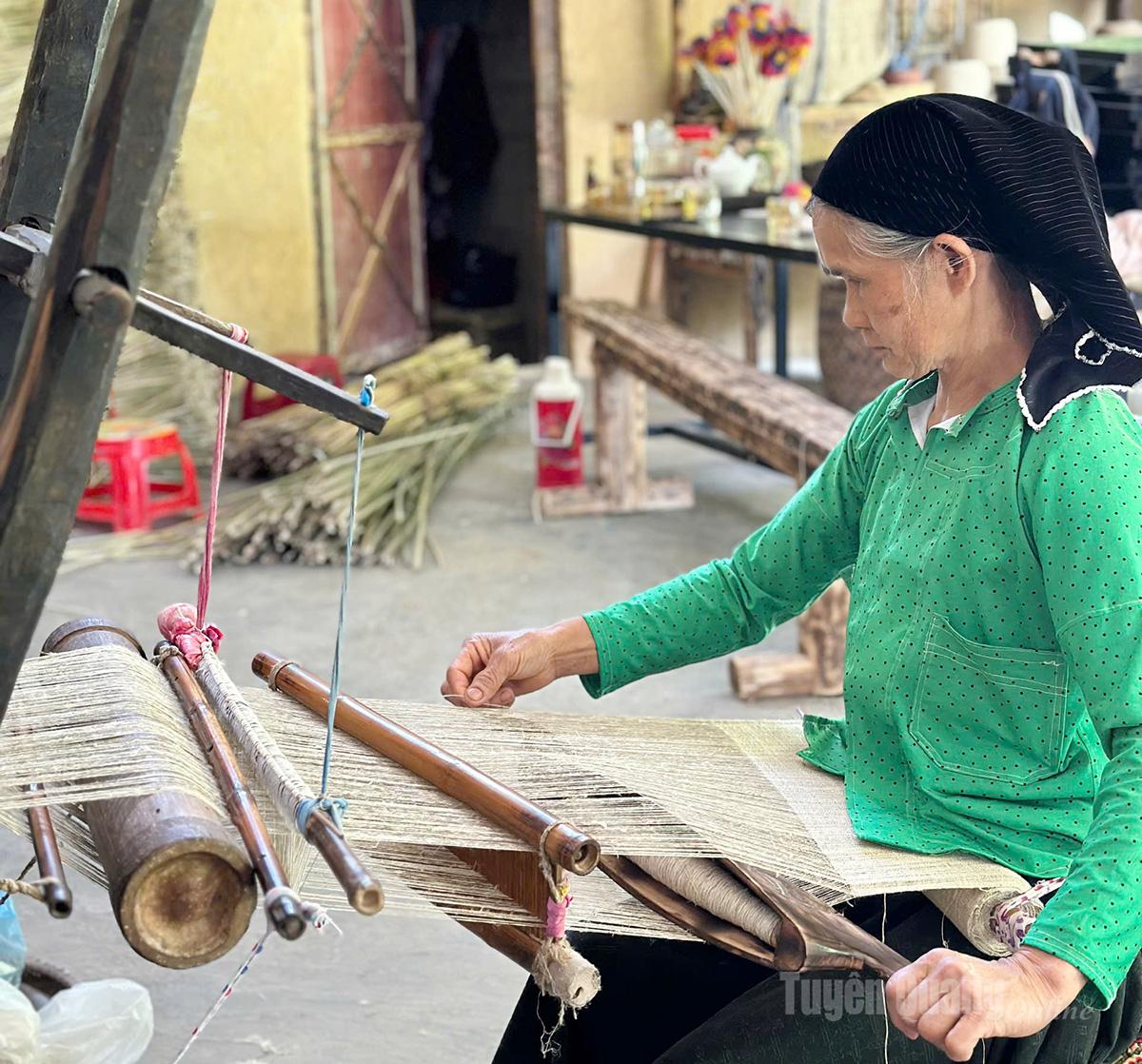 |
| Ms. Vang Thi Sua, a 66-year-old woman from Dong Van commune, who has been weaving hemp for over 50 years, shared: “Every H’mong woman learns how to weave hemp by the age of 14 or 15. But to weave smooth, beautiful hemp fabric requires real craftsmanship - not everyone can achieve that level of finesse.” |
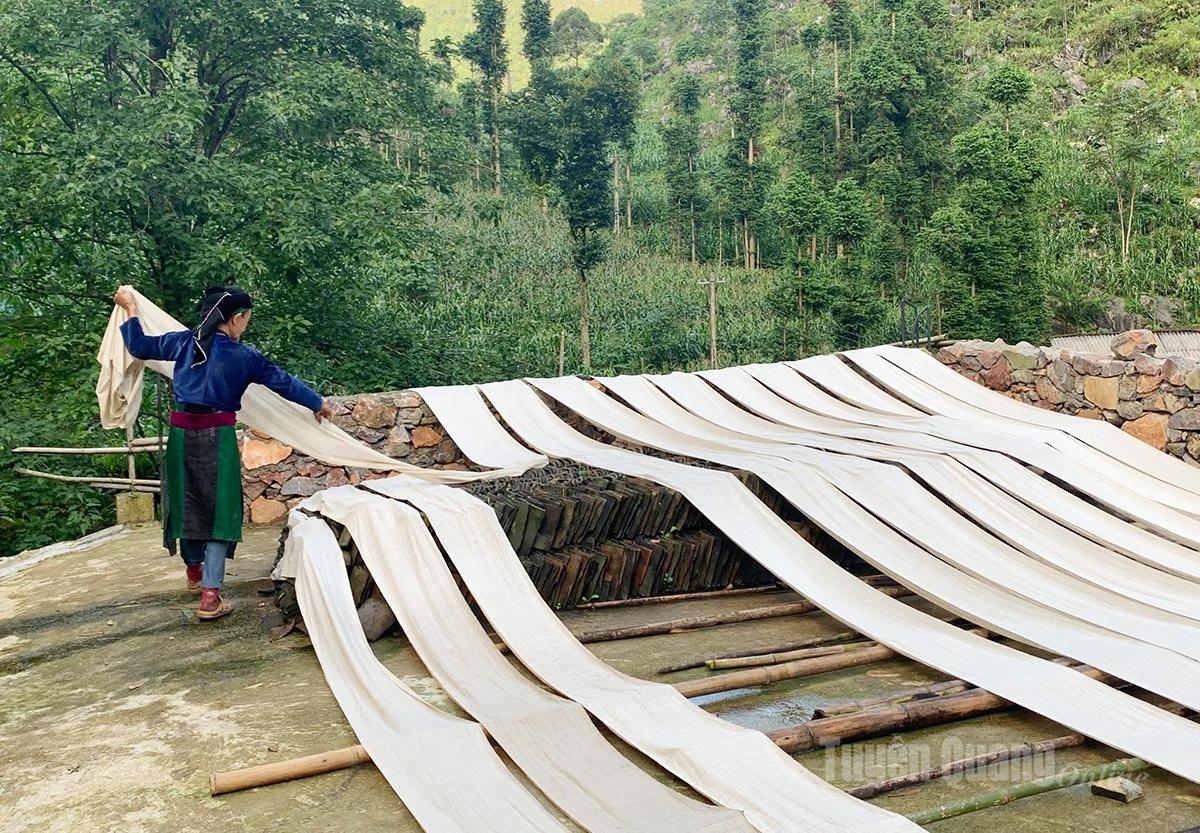 |
| Once woven, the hemp fabric is rolled to make it smoother and boiled again with ash to reach a certain level of whiteness. When the weather is favorable, the fabric is dried in the sun. |
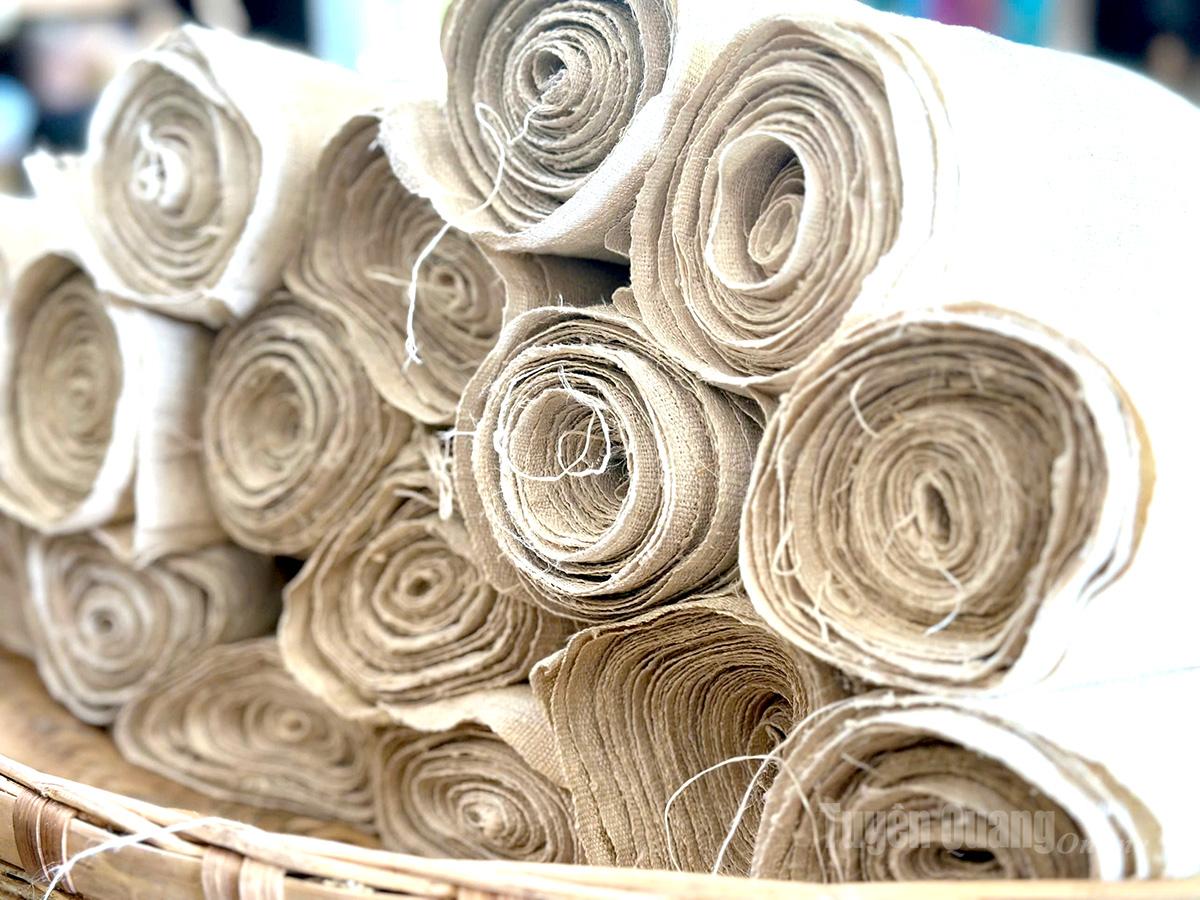 |
| Only hemp that meets the quality standards is used to tailor traditional clothing. |
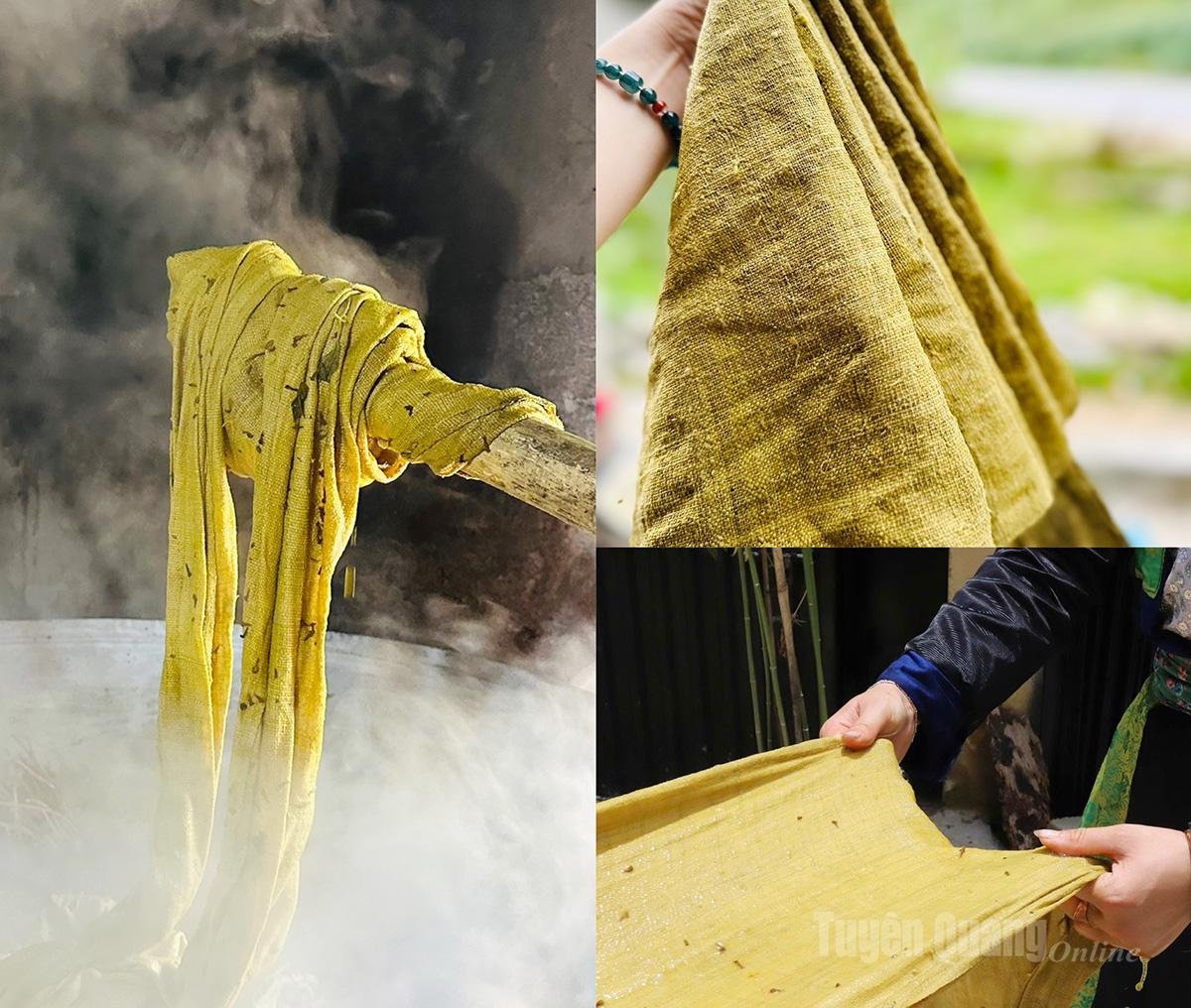 |
| Some fabrics are dyed yellow using wild raspberry flowers. |
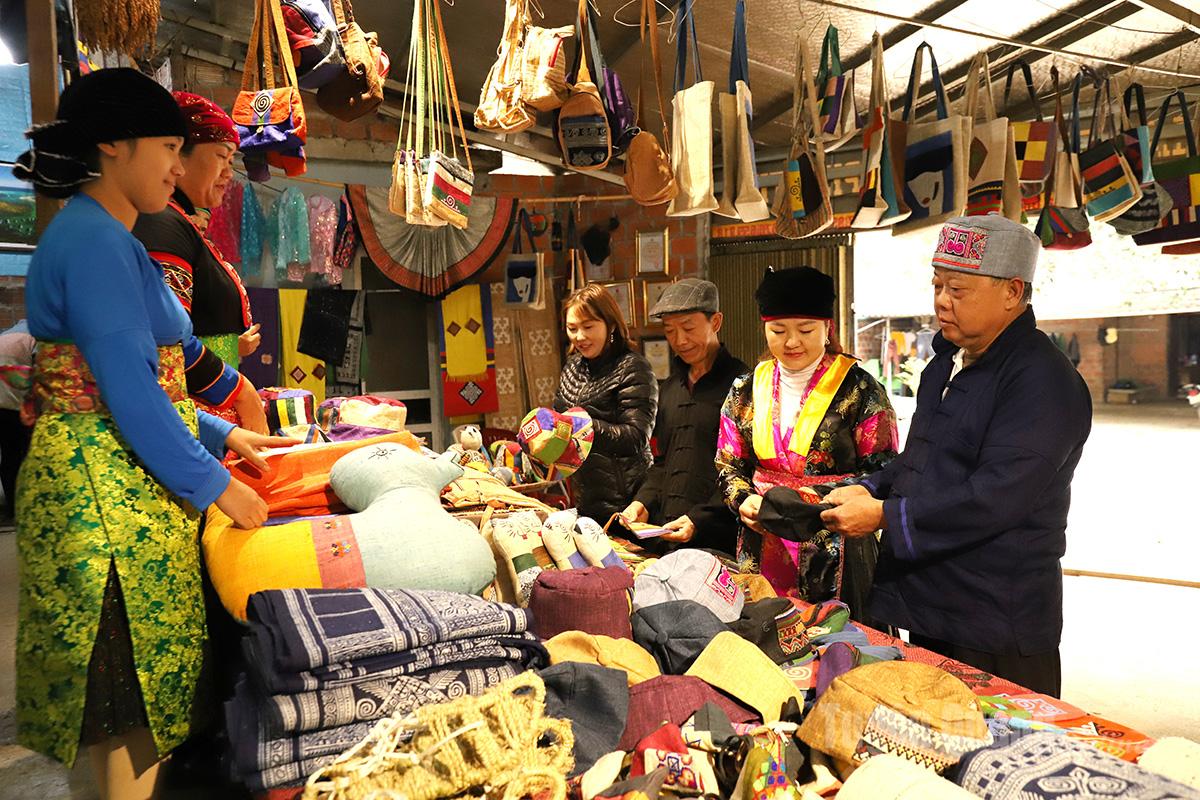 |
| Today, many cooperatives have brought innovation into the craft, creating a wide range of hemp-based products that are loved by tourists. |
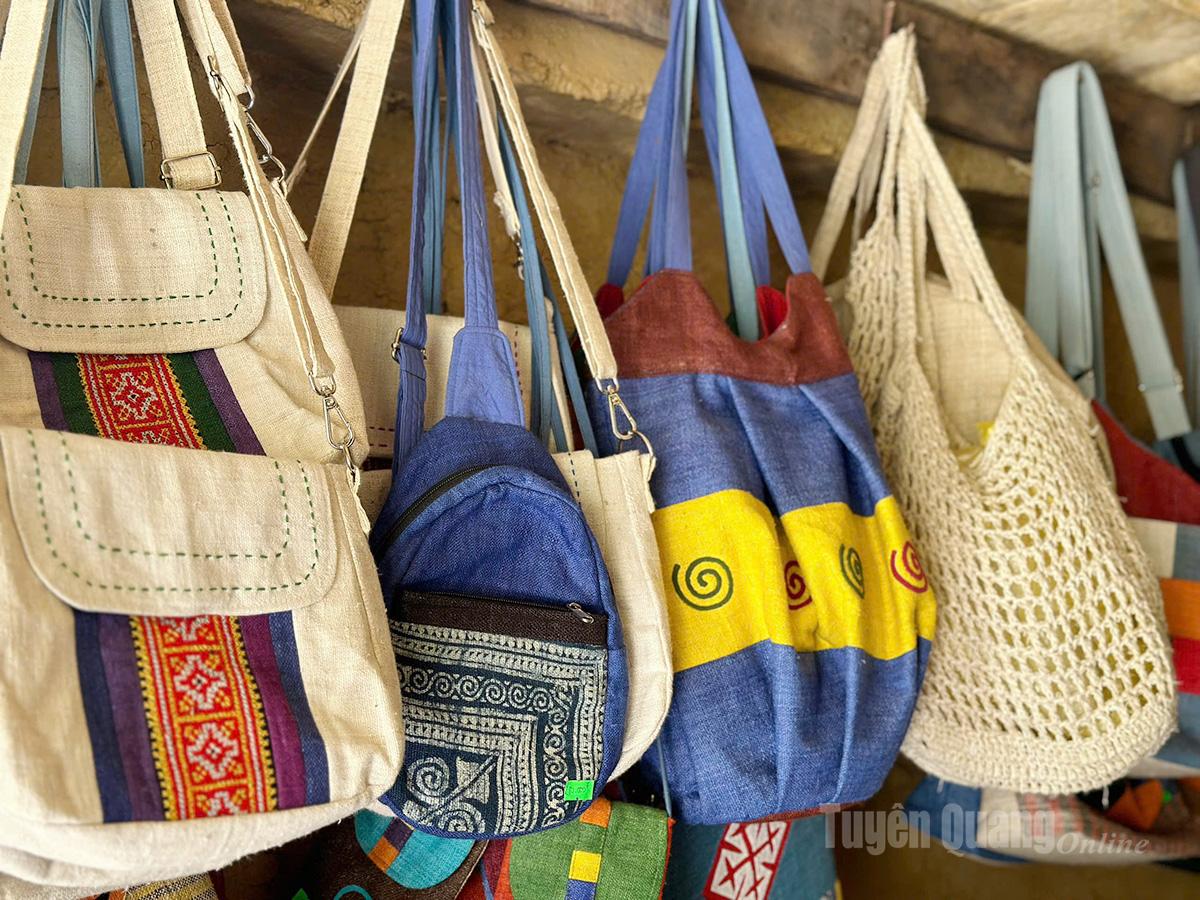 |
| These hemp products not only preserve the cultural heritage but also generate stable incomes for many households, becoming a strong foundation for H’mong women to rise out of poverty. |
My Ly



















READER COMMENTS